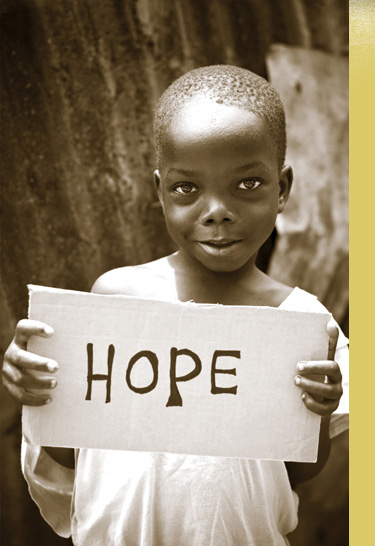 |
We Can Stop HIV/AIDS “Our efforts have helped set the stage for a historic opportunity, one that the world has today: to change the course of this pandemic and usher in an AIDS-free generation.”
In 2010, when the Lundy Foundation joined the collaboration Test & Treat to End AIDS (TTEA), our members were among only a few voices expressing the belief that we had the tools in hand to halt the spread of HIV, the virus that causes AIDS. After all, since the disease was identified in 1981, the world had poured hundreds of billions of dollars into efforts to stop AIDS. Despite the investment and the 30 million lives lost, there was no vaccine and there was no cure — only millions of new infections each year. TTEA, however, believed that stopping HIV/AIDS required a total change in the treatment of people who become infected with HIV. Instead of the current practice of waiting to prescribe HIV-fighting drugs only when an individual’s immune system begins to break down (test-and-wait), TTEA pointed to a growing body of scientific evidence showing that immediate treatment reduces the amount of virus a person carries to undetectable levels and makes it 96 percent less likely he or she can infect another person. TTEA advocated for a large-scale proof-of-concept study of this strategy known as test-and-treat, or treatment as prevention. And in 2011, with TTEA’s urging, then-Secretary of State Hillary Clinton pledged $110 million to fast-track expanded studies of test-and-treat and several other proven prevention strategies in four African countries. Since then, the Joint United Nations Programme on HIV/AIDS, the World Health Organization and other leading global health organizations have agreed that test-and-treat is currently the most effective strategy to end the epidemic until a vaccine is developed. Widespread adoption of test-and-treat will save lives — and money. Although upfront costs are higher for this strategy because more people will receive HIV-fighting drugs, future costs will drop significantly as those infected live out their lives on treatment and significantly fewer new cases occur. Today, TTEA has begun the last phase of this initiative: supporting full global implementation of the test-and-treat strategy. Along with other partners, they are exploring a range of funding options, including quantitative easing, to fully fund this humanitarian campaign in 21 African countries. The Lundy Foundation and TTEA call on other governments, multilateral institutions, the private sector and civil society groups, including faith-based organizations, to help in this unprecedented effort to halt HIV/AIDS and eradicate the disease from the globe. The goal of an AIDS-free generation, Secretary Clinton said, “may be ambitious, but it is possible [and] would be one of the greatest gifts the United States could give to our collective future.” We couldn’t have said it better. For more information about TTEA, see www.ttea.info.
|
|